It doesn’t matter how big or little the aperture is; it may let pests like mice, animals, and insects into your garage. These little bugs may wreak havoc on your most prized possessions.
Cold winds, sand, and snow may also seep into your garage and raise your electrical cost. Moisture intrusion via your floor, garage door, or windows may concern.
Do not fear! We are here to help! Keep your garage door closed all year long by following these three simple steps.
Table of Contents
1. Replace The Weatherstripping On Your Garage Door
Bottom weather strip: what is it, and what does it do?
A rubber, PVC, or other material weatherstrip is applied around the perimeter of your garage door to keep the cold out. It’s a need. The model of your garage door will determine the kind of seal you need. It will tremendously impact the insulation and longevity of your garage door.
Bottom weatherstripping with a u-shape is versatile and may be used on any surface. Non-rigid materials like PVC or rubber should be used and be simple to install. -62°F (-52°C) is not impossible for it to withstand severe winds and cold temperatures.
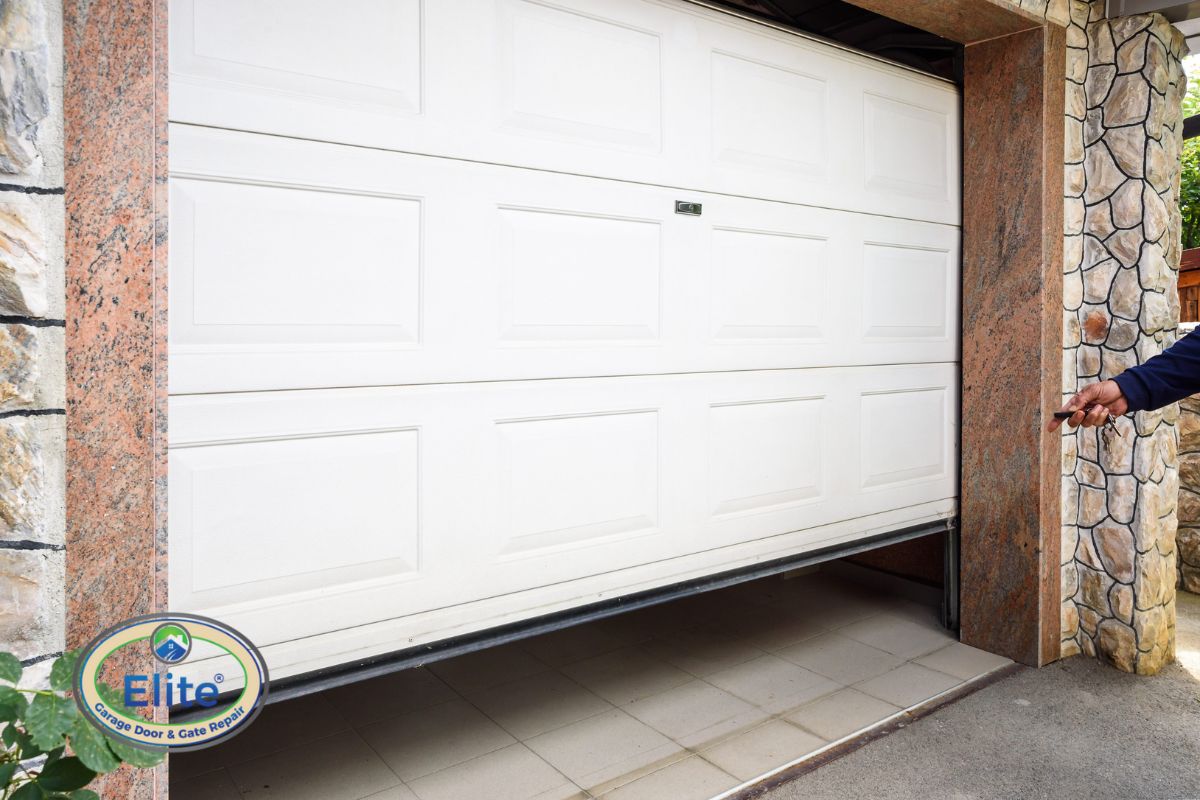
Replace The Weatherstripping On Your Garage Door
When can you change it?
It’s time to replace your bottom weatherstripping if it’s beginning to separate, crack, or dry out.
Before the fall season, seal examinations are highly suggested to establish the seal’s flexibility and identify any potential air leaks.
Ideally, it would be best to do this at least twice a year. What’s the deal?
- Checking your garage door for broken or malfunctioning parts is a good idea in the spring. To avoid problems, eliminate any defective components as soon as feasible.
- Preparing your garage for the winter in the fall might help you avoid costly repairs in the spring. As a result, melting snow, humidity, and freezing temperatures will be less likely to induce corrosion.
What’s the best way to have the bottom weatherstripping replaced?
The bottom weatherstrip may be replaced if you have the necessary replacement components. To guarantee that you don’t overlook anything, follow the basic instructions on this page.
Better efficiency and dependability may be achieved by enlisting the assistance of a garage door professional. They may install every portion of a garage door since they’ve been doing it for a long time.
2. Inspect The Condition Of Your Flooring
Outside
Your driveway should have an outward slope to direct rainwater and melting snow away from your garage.
Inside
The surface on which your threshold is placed must be smooth and free of fractures. A U-shaped bottom weatherstrip may be all you need if you have an uneven floor.
Finishes for concrete floors come in many possibilities, too, based on your specific area and use requirements. You may choose any of them as long as it is strong and long-lasting.
- Epoxy: It strengthens your floor and improves the aesthetics of your room. To express your style, choose from various colors and patterns.
- Your stained garage floor may be given a new lease of life with a coat of concrete paint. Choose a non-slip surface that is simple to clean.
- Plastic, rubber, or wood tiles are ideal for a garage floor. They are an excellent alternative if you don’t want to fix your concrete floor.
- Roll-out mats are the most straightforward approach to protecting your garage’s surface. If you want to utilize your garage for anything other than storage, you’ll want to select a different material.
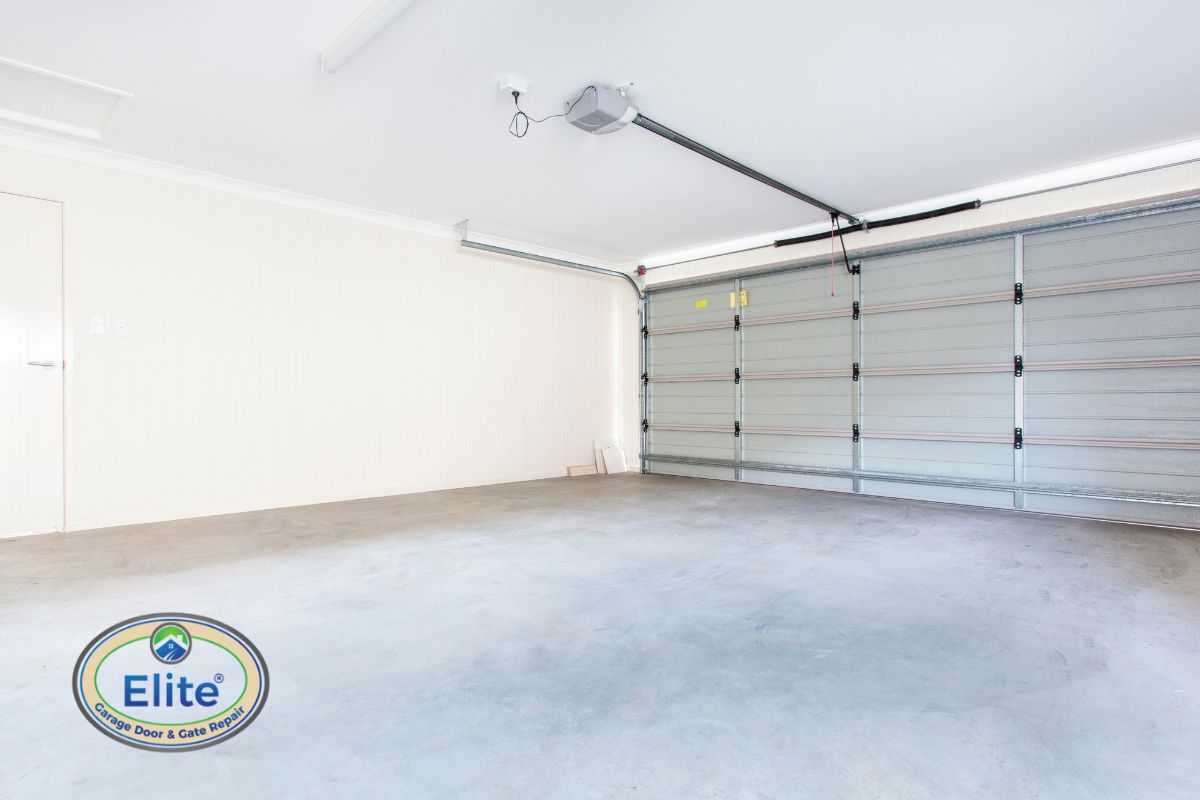
Inspect The Condition Of Your Flooring
Concrete is prone to fracturing.
Fissures come in various shapes and sizes, making it difficult to determine which should raise the reddest flags. Reading this blog will discover what causes these fractures and how to fix them.
Cold joints
Many batches of concrete during the flooring process may not mix properly since the first batch has already hardened.
Foundation settlement cracks or building cracks
During construction or after a few years, a few cracks may occur in the walls. Owners needn’t be alarmed about settlement cracking, an entirely natural phenomenon.
Micro-cracks
Cracks with crazing are also known as crazing cracks. Despite their size, they won’t be seen by the naked eye. Inadequate surface preparation of the concrete, compaction of the subgrade, the post-tension slab, or wire mesh are the most common causes of these failures to perform well.
Make The Necessary Adjustments To Your Garage Door Opener
Your Electric Garage Door Opener will now need to be calibrated. When the weatherstrip meets the threshold, it must be able to seal tightly to the floor without being crushed.
You may accomplish this by reviewing your garage door opener’s handbook and looking at the adjustment options. Your garage door’s protector and safety reversal systems must be tested after alterations.
The ability to slide your fingers between the garage door threshold and the weather strip signifies that you have done everything correctly.
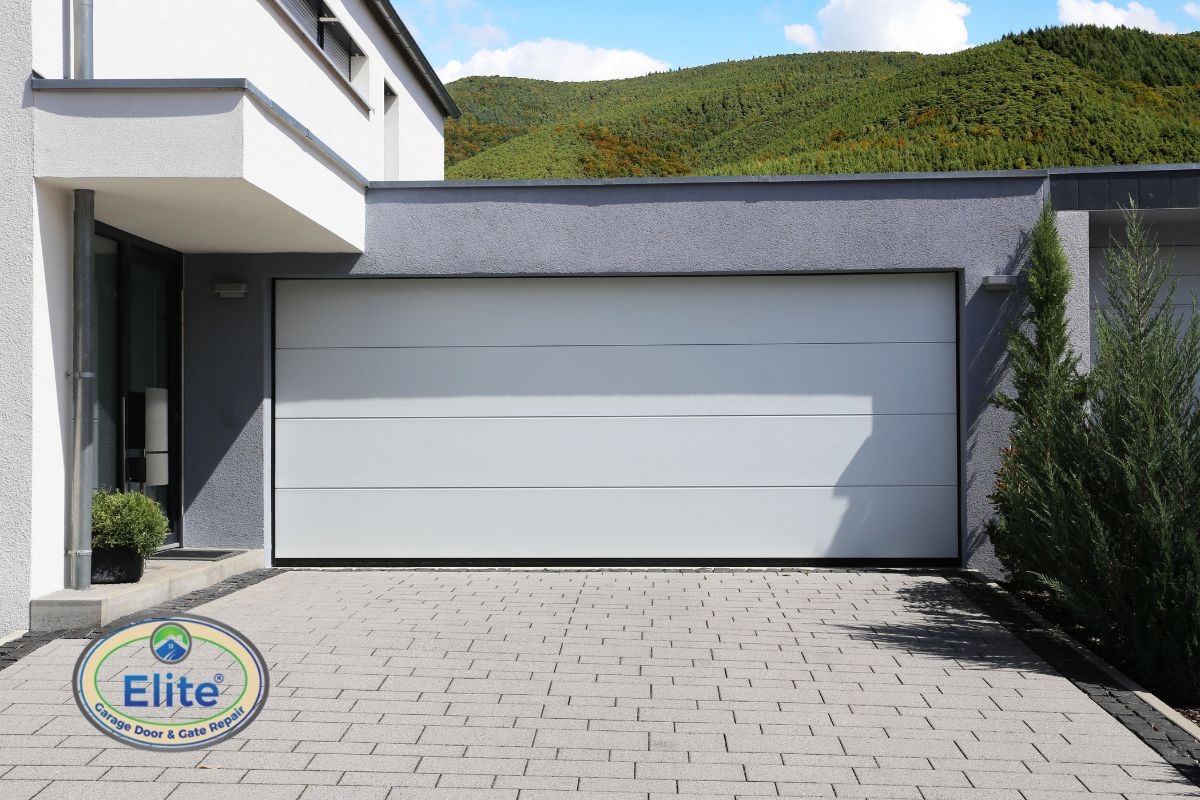
Make The Necessary Adjustments To Your Garage Door Opener
Bottom Line
In most cases, you should be able to figure out what’s wrong with your garage door based on the information presented here. You should bring in the professionals as soon as you’ve done your best to figure out the problem. A repair firm might also be called in if you know the issue but don’t know how to solve it. Whenever you’re unsure, don’t hesitate to ask for assistance.
Elite Garage Door may help you adjust a garage door, but you can do it yourself if you’d prefer. Make sure you are ready for the challenge of garage door repair before starting, even if you are an experienced DIYer.



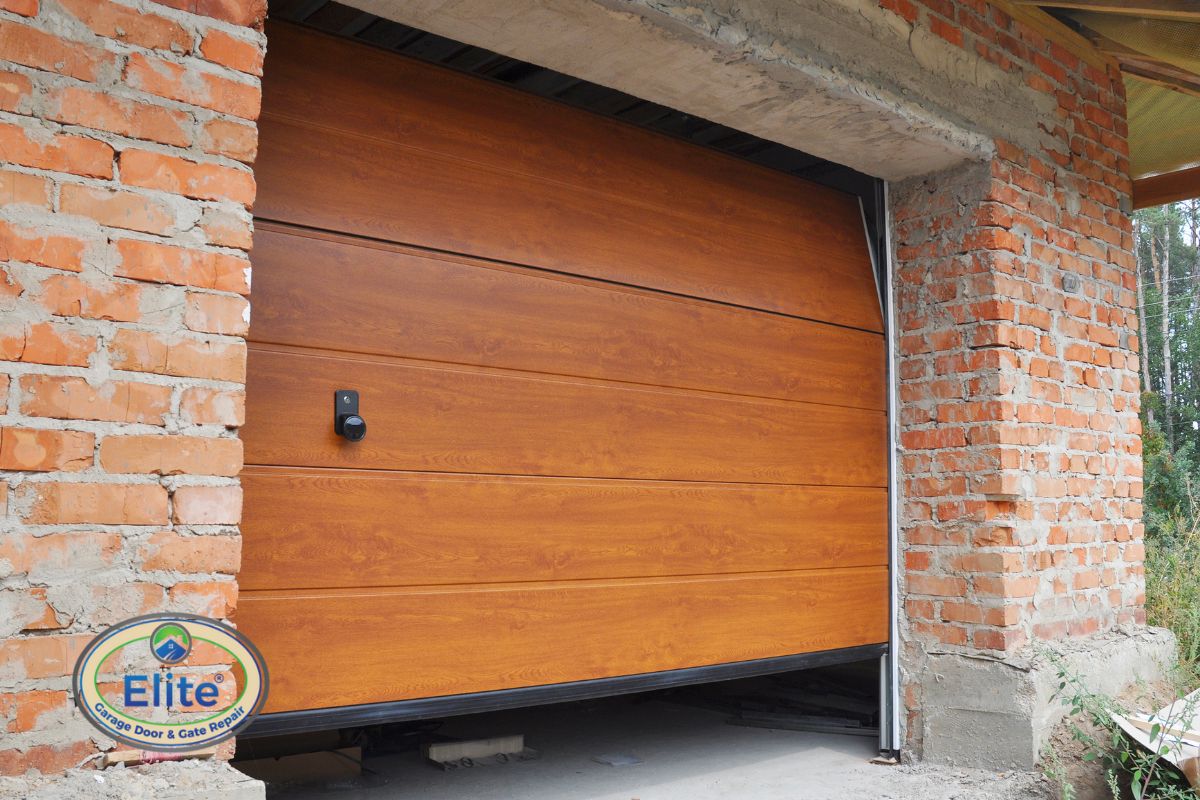



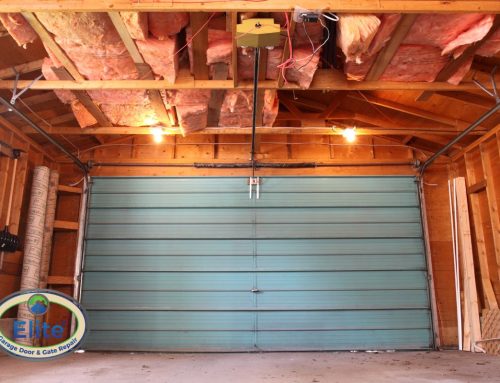
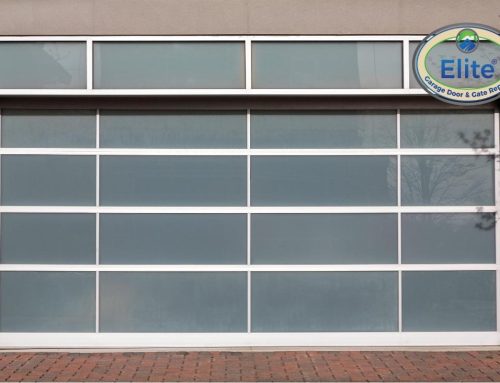
Leave A Comment